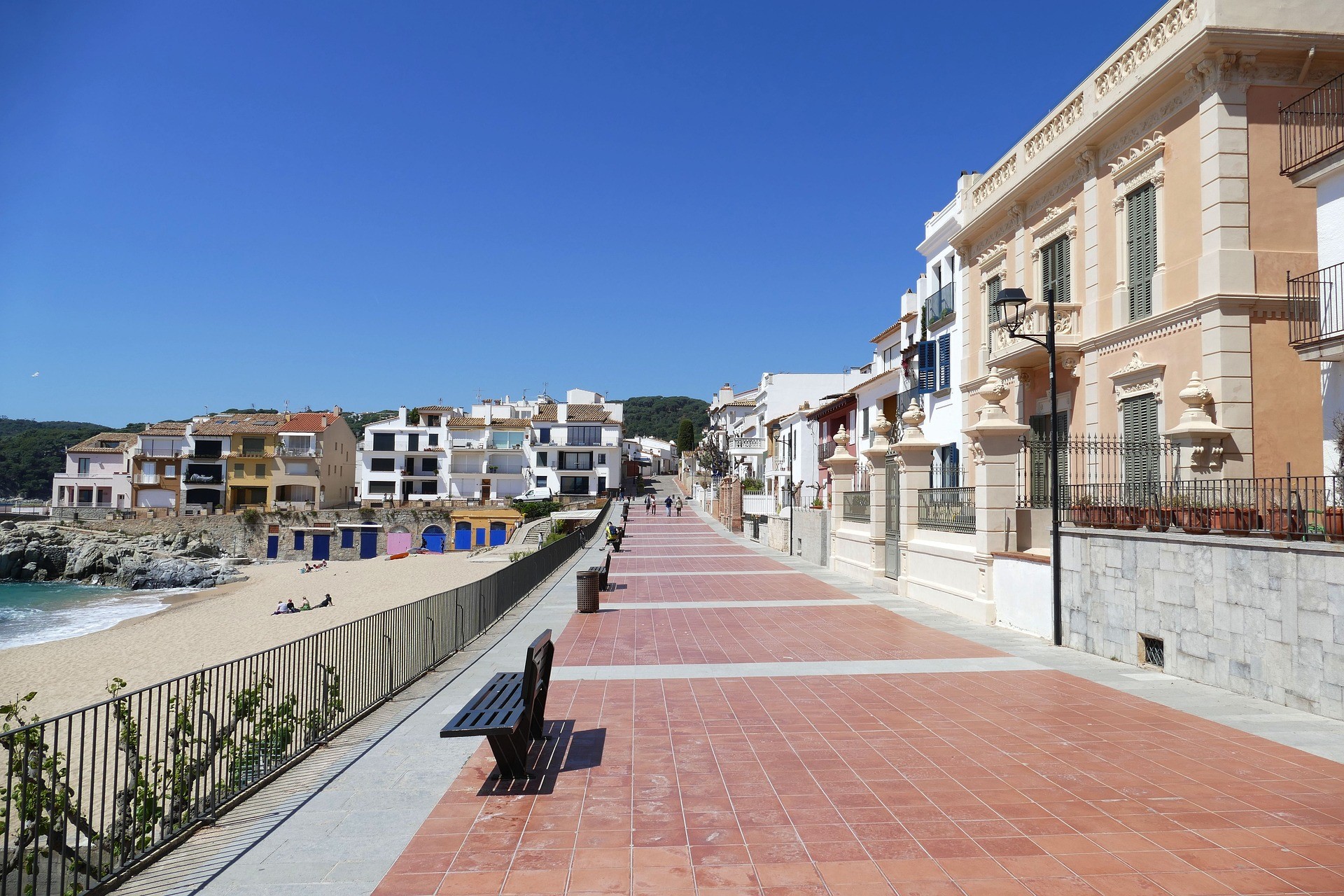Any possessions, assets or property you leave to beneficiaries when you die may be subject to Inheritance Tax (IHT) which your family has to pay. HMRC expects payment of IHT before probate has been completed. This means that the money has to be found before any property, or other possessions, are sold to raise funds.
There are, of course, exceptions, which may mean either very little or no IHT is due to be paid to HMRC. However, the majority of deceased people’s estates, particularly if it includes property, are likely to be liable for IHT.
This is why it’s important to not only write a will but also to establish an Inheritance Tax planning structure, which also relieves the burden on your family after your death.
What is Inheritance Tax?
Inheritance Tax (IHT) is a tax that is potentially payable by your family on the value of your possessions, assets, money and property – your estate that’s left when you die. IHT may also be levied on any gifts you gave while still alive, although this is tapered.
Even if you are UK domiciled, i.e. the UK is your main home country, any property you own that is located abroad is also liable for IHT as these assets form part of your estate. The same applies to non-UK domiciled people in that any UK assets they own upon their death are liable for UK IHT.
How much IHT is paid depends on the value of your estate, which is payable to HMRC, which also reduces what can be passed on to your beneficiaries. Currently, there is an IHT threshold of £325,000. This means that the first £325,000 of your estate is tax-free. This is known as the nil rate band.
However, there are a number of ways to reduce the amount of IHT your family may pay on your death, such as gifts and the 7-year rule, as well as leaving your principal home to a direct descendant, such as your child. In addition, if you leave your entire estate to your spouse or lifelong partner, your IHT threshold is added to that of your spouse when they die. This increases the IHT tax-free threshold to £650,000.
What is an Inheritance Tax planning structure?
An Inheritance Tax planning structure is establishing a set of measures in your will to potentially reduce the level of inheritance tax that may be levied on your estate when you die.
There are situations where less IHT is payable because the threshold is different.
- Married and civil partnerships – if you are married or in a civil partnership and you leave your entire estate to them, if you die first, there is no tax to pay, and in most cases, your nil rate band threshold won’t be affected either. This means that the living spouse/civil partner will be able to add your unused balance to their own, essentially doubling their threshold. However, if your spouse/civil partner then leaves a part of their estate to other beneficiaries, or they made a lifetime gift seven years prior to their death, if the estate is of high enough value, there will be IHT to pay and some of the nil rate band thresholds may be taken.
- Leaving a property – if you are married or in a civil partnership and leave the family home to your living spouse or a direct descendent, i.e. a child or grandchild only, in its entirety, under current rules, there is a further £175,000 tax-free allowance to add to the IHT threshold. However, this is only if the value of the property is under £1 million. Anything above this value and the allowance drops significantly. Again, any unused tax allowance balance can be added to the living spouse’s allowances on their death.
Spouses/civil partners and IHT
In most cases, you are able to leave your estate, i.e. your assets, property and any other possessions, to your spouse/partner tax-free. In addition, the surviving spouse or partner is able to add any unused tax-free allowance to their own tax allowances. So, in reality, you could leave your spouse/partner as much as £650,000, or £1 million if it includes a property, without them having to pay any IHT.
However, if the deceased spouse/partner used most or all of their tax-free allowance by leaving a proportion of their estate to a direct descendent, the above does not apply. Also, if the spouse/partner died before 21 March 1972, the double allowance rule does not apply either.
Tax-free gifts and trusts
When making gifts to spouses/partners or to charities, potentially they could be exempt from tax, but it does depend on when the gift was made. If it was given at least seven years prior to death – it was not gifted to a business or a trust – there is no tax to pay on the gift. However, if the person dies before the seven years, there will be a tax levy to pay. How much tax is paid depends on when the person dies during that seven-year period. For example, if the person dies within five years, only that period is apportioned to the gift and tax-free; the remaining value of the gift is included in the deceased’s estate. This is known as IHT taper relief on potentially exempt transfers (PETs).
The total amount a living person is allowed to gift a spouse/partner, another individual or a charity or a political party in any one tax year is £3,000, which is known as an annual exemption. This can be carried forward for one year only; i.e. if you didn’t make any gifts in one tax year, you can add the annual exemption allowance from that year to the next year, making a total annual exemption in the second year of £6,000, or £12,000 if making gifts as a couple.
You can also gift tax-free to your children, up to the age of 18, for their training or education. In addition, parents are allowed to gift their children £5,000 tax-free for their wedding, and any gifts for the maintenance of relatives that are infirm or old are also tax-free. Any gifts below £250 are also tax-free.
It is also possible to put assets into a trust that is left to a beneficiary after your death. Whilst the trust doesn’t exempt the estate from paying IHT, it can go some way to reducing the amount of IHT paid. The reason is that assets held in a trust and managed by appointed trustees on behalf of the beneficiaries – it is worth noting that the trust legally owns the assets and not the trustees or the person who set up the trust. If you live beyond seven years from the date the trust was established, those assets are not included in the estate upon death and may be tax-free. Instead, a 20% IHT tax levy is imposed when you set up the trust, and every ten years, the assets are re-valued, and 6% IHT is paid at the time, minus the nil rate band threshold of £325,000.
At Norfolk Will Writing, we have been helping our clients write their wills and assisting executors of estates and families manage the probate process for over 20 years. We offer a personalised service, keeping the process as simple and easy as possible. Our experienced consultants are on hand to guide you at every step. Contact us for your free consultation and to book an appointment with one of our consultants to discuss writing your will today or carrying out your executor duties.





